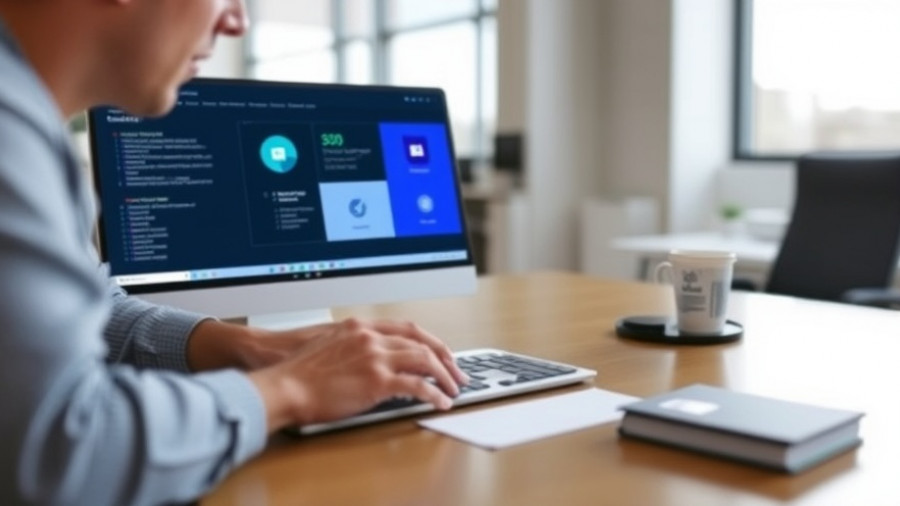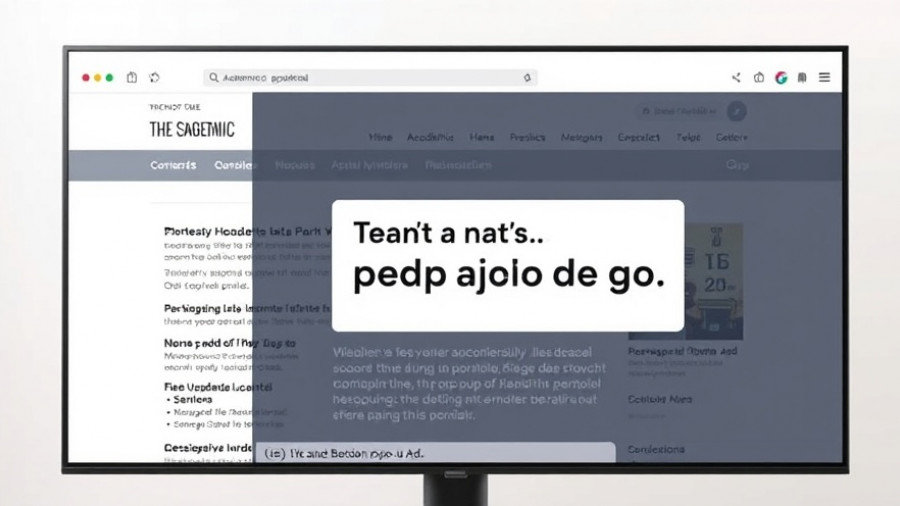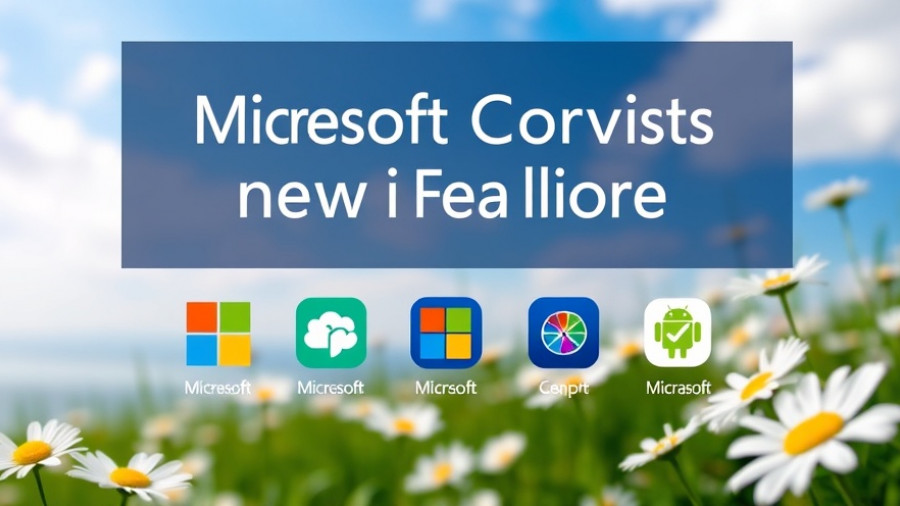
The Enigma of Warren Buffett's 'Mystery Stock'
Warren Buffett, one of the world's most revered investors, has sparked a flurry of speculation within the financial community with his apparent decision to accumulate nearly $5 billion in a mystery stock through his investment firm, Berkshire Hathaway. The intrigue surrounding this stock has led to the rise of artificial intelligence as a player in investment analysis, with major AI tools like ChatGPT, Google Gemini, and Microsoft Copilot attempting to identify this elusive equity.
AI's Take on the Mystery Stock
With the assistance of AI chatbots, financial analysts have sought to demystify Buffett's choice. In a recent query posed by CNBC to these AI models, the predictions varied significantly. ChatGPT proposed GE Aerospace as the potential mystery stock, bolstering speculation with recent industry trends and the increasing pivot towards aerospace technology. Microsoft Copilot, on the other hand, pointed towards Visa, a stronghold in the financial services sector, notable for its resilience and market integration.
Why GE Aerospace?
ChatGPT's suggestion of GE Aerospace is not without merit. The aerospace industry is undergoing significant changes, particularly post-pandemic as demand for air travel rebounds. GE Aerospace has been at the forefront of innovating jet engines and related technologies, positioning itself as a leader amidst a global recovery. This transparency, combined with comprehensive investment strategies, makes it a plausible candidate for Buffett, especially given his historical preference for industries showing long-term growth potential.
Visa's Resilience Amidst Market Shifts
Merging financial analysis with technology, Microsoft Copilot's prediction for Visa reflects a deep understanding of market dynamics. Visa's expansive network and strong partnership with businesses globally provide a foundation for stability and development. Moreover, as digital payments continue to thrive, the stock represents a strategic choice, aligning with Buffett's philosophy of investing in companies with robust business models that withstand economic fluctuations.
The Role of AI in Modern Investing
The varying predictions from AI chatbots underscore the shifting landscape of investment advisement. Traditionally, investment decisions stemmed from human analysis of financial documents, market forecasts, and industry trends. However, the integration of AI tools allows for enhanced analysis of vast datasets, offering insights that may escape traditional methodologies. Tools like Microsoft Copilot and Google Gemini are now indispensable in parsing financial reports and market signals, providing clarity in complex situations like this.
What This Means for Everyday Investors
The implications of Buffett’s potential mystery stock extend beyond high-net-worth individuals and institutional investors; they resonate with everyday traders and those interested in the tech sector. As average investors gain access to powerful AI-driven tools, they too can tap into the analysis engines that drift from conventional wisdom. Engaging with these AI technologies not only aids in informed decision-making but also equips the average investor with insights previously reserved for Wall Street elites.
Looking Ahead: Future Trends in AI-Driven Investing
With the rapid advancement of AI, the future of investing appears to be intertwined with these technologies. More companies are likely to incorporate AI into their investment strategies, evaluating vast amounts of data in real-time to adapt more swiftly than human analysts can. Investors should anticipate a market increasingly influenced by AI-generated insights, demanding a new understanding of market behavior in the digital age.
Growing Importance of AI in Equity Analysis
As the line between traditional investing and technology continues to blur, it is crucial for investors to familiarize themselves with the tools that can enhance portfolio management. The diversity of predictions regarding Buffett’s mystery stock is a reminder that while AI provides valuable insights, human intuition and analysis remain critical. A blend of both could lead to a more robust investment strategy moving forward.
With speculation surrounding the mystery stock continuing to unfold, now is the time to explore AI technologies that can elevate your investment acumen. Keep an eye on developments within the tech sector and embrace AI's potential in guiding your financial decisions.
 Add Row
Add Row  Add
Add 




Write A Comment